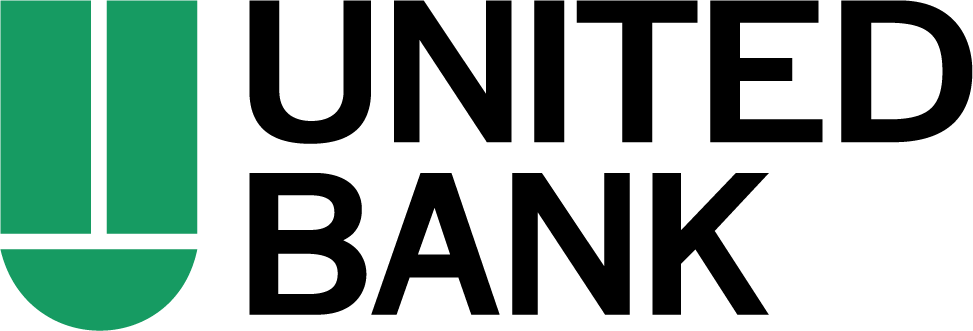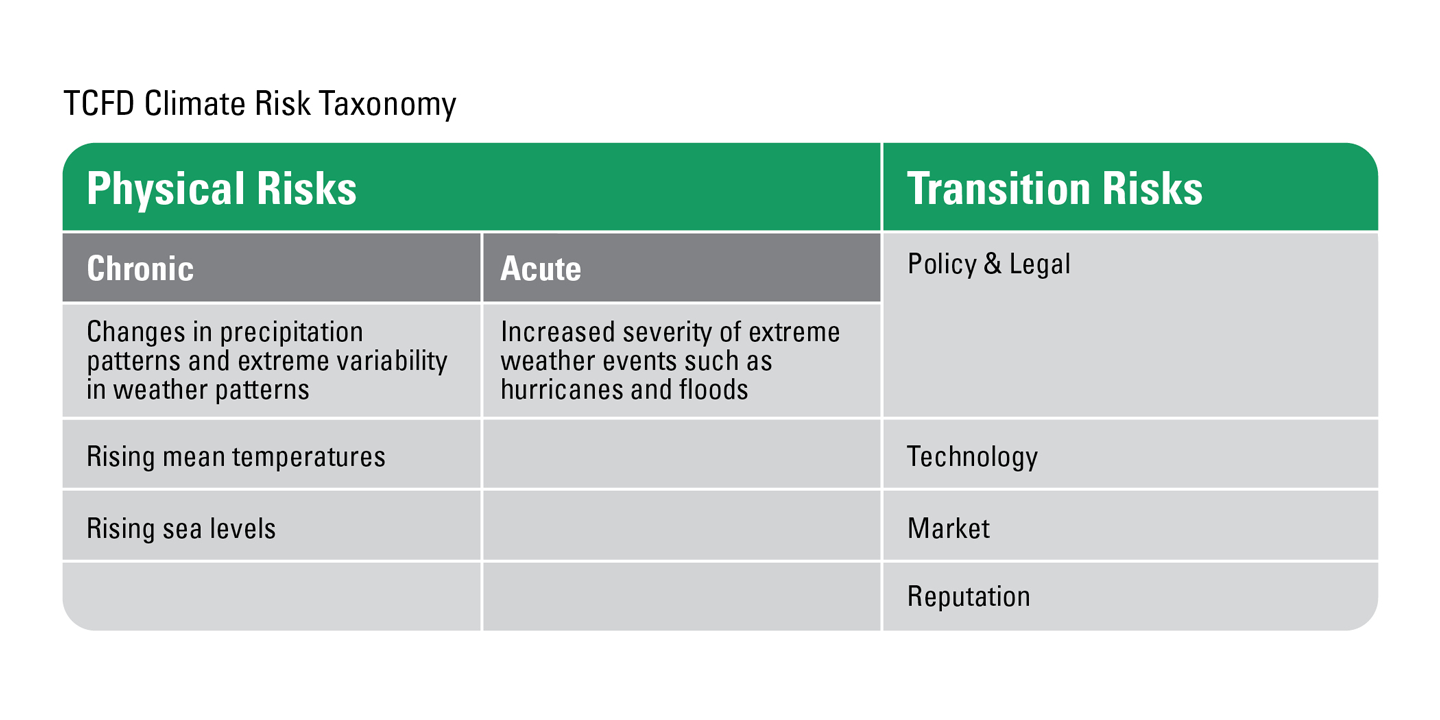The core elements of a successful environmental climate governance program – strong risk management and planning for long-term sustainability – are at the core of what United and its leadership do every day. The Board of Directors has ultimate oversight of the Company’s climate related practices and initiatives. The Board has tasked the Governance & Nominating Committee with monitoring the Company’s progress and efforts for ESG as a whole. The Board Risk Committee has oversight of ESG-related items that are incorporated within the enterprise risk management program. This includes climate-related risk, information security, customer due diligence, complaint management, legal and reputational risk, and fair and responsible banking.
As part of their oversight of the entire ESG program, the ESG Management Committee sets the strategy for identifying climate-related risks and pursuing climate-related opportunities. They ensure the institution is moving at the right pace to advance the overall climate program and update the Board and its Committees as needed.
United also established a Climate Working Group that is responsible for executing the climate strategy. It is sponsored by our CFO and CRO. The multidisciplinary team includes leaders from credit risk, operational risk, treasury, accounting, analytics, and corporate social responsibility. These managers provide broad perspective on implications of climate risk for the institution. They educate themselves and one another on industry best practices and emerging climate-risk resources. They assess the Company’s readiness for anticipated regulatory requirements and continuously incorporate climate risk analysis within their own scope of work.



